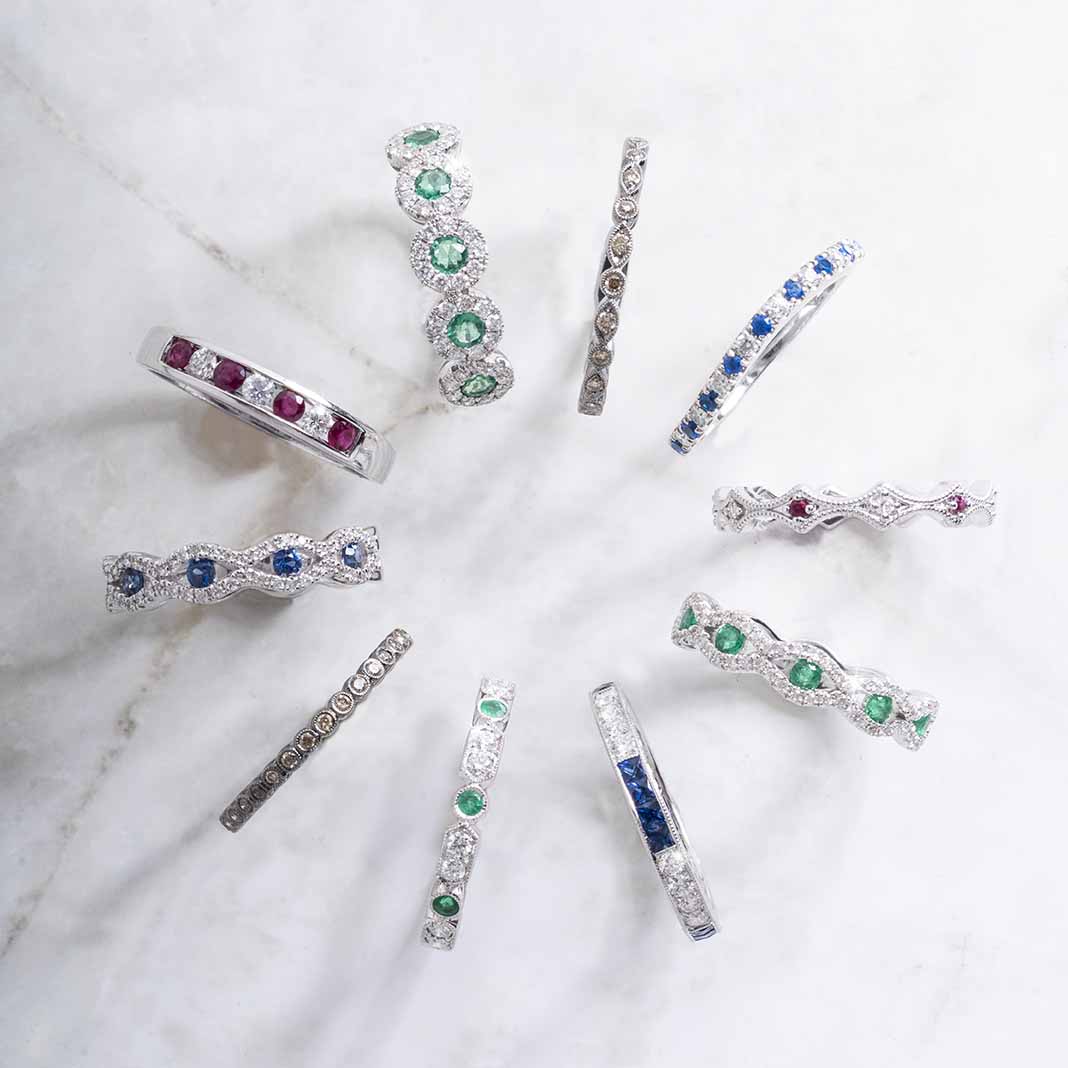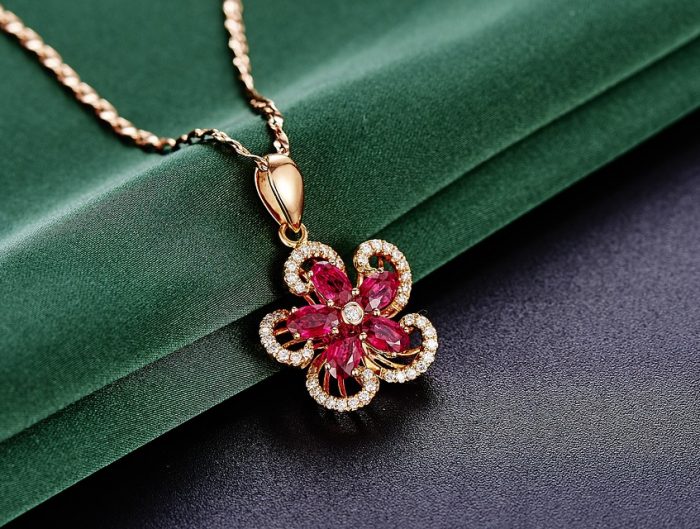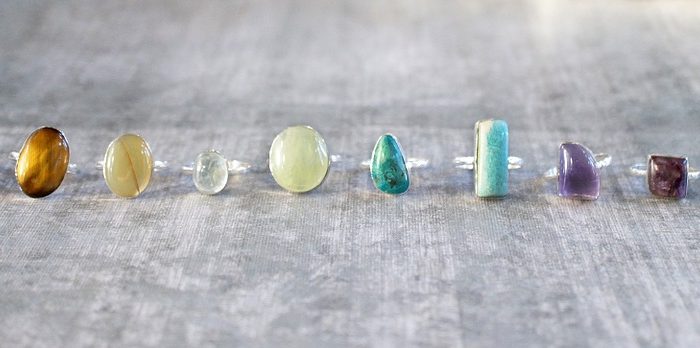Have you ever wondered why rubies are red, and emeralds green? Also, why are there white diamonds, but also pink ones and yellow ones? There are a lot of misconceptions that diamonds and other gemstones are of virtually the same mineral composition. Nothing could be further from the truth!
Here we offer a glimpse into the world of gemstones: what they are, and what gives them those beautiful colors that we find so captivating.
How do colors show on gemstones?
The color of any object is determined by the wavelength of light it refracts. Daylight is white, and it contains all the colors of the spectrum. When the light hits the object, it absorbs some light, and refracts the rest. What is refracted is the perceived color of the object. It’s the same with gemstones; each particular mineral absorbs some of the light and refracts some of the light, and the wavelength of that refracted light determines the color that we see in the gemstone.
When the gemstone is formed with impurities inside, different impurities can present with different colors. For example, beryl is colorless. However, if there is some chromium present in the beryl, it appears green; with manganese, it appears pink; and with iron, it appears light blue.
Ruby
Rubies are a form of the corundum, an aluminum oxide-based mineral. Corundum that is primarily red is identified as “ruby” and any other color is identified as “sapphire.” Rubies can vary from pink to blood red in color. Lighter shades of ruby are sometimes called pink sapphires, because the red color is not intense enough. However, there are some who dispute this and use the term “ruby” for all pink stones as well as red ones. What gives ruby its color is the presence of the element chromium (also known as chrome). Even though chromium itself is silvery-grey, compounds of it can be intensely red.
Rubies are a very hard gemstone. They are rated 9 on the Mohs scale of mineral hardness. Only diamonds are harder. Artificial rubies are manufactured relatively easily, and they are used in technology for lasers and timepieces.
Sapphire
Sapphires are also a form of corundum. Sapphires can be a variety of different colors, such as yellow, purple, green, orange, and even multicolored or colorless. However, most commonly, sapphires are blue. The deep, bright blue that is typically associated with sapphires is actually called “sapphire blue.” Elements responsible for the color of sapphires are various. Iron, titanium, chromium, copper and magnesium can all contribute different hues to a gemstone’s color. Just like rubies, sapphires have a hardness of 9 on the Mohs scale. Apart from their ornamental purpose, they also serve in various technological devices, most commonly in timepieces.
Emerald
Unlike the previous two gemstones, emeralds are a variety of the mineral beryl. Its green color comes from chromium. Alternatively, it can come from vanadium. However, European traders do not include the vanadium variant into the traditional emeralds. Emeralds are less hard than diamonds, rubies, or sapphires, scoring only 7.5 to 8 on the Mohs scale. There are synthetic emeralds as well.
Diamonds
The hardest naturally-occurring mineral, diamond has the hardness of 10 on the Mohs scale. It is pure carbon crystal, and in its purest form, it is transparent and colorless. If there are some impurities in the stone, it can take on various hues and colors.
Nitrogen can cause either no coloration, or yellow or even brown color, depending on the structural distribution of nitrogen atoms.
Boron causes blue coloration in the diamond. The famous blue Hope diamond is boron-colored.
Structural abnormality can cause coloration as well. Since the crystals aren’t in prefect order, some of the light is refracted and some is absorbed. Structural abnormalities can cause pink, red or brown coloration.
Ionizing radiation can cause unpaired electrons to be trapped within the crystal lattice. These electrons absorb some visible light, giving off green color.
Graphite and sulphides cause black diamonds.
A combination of crystal lattice deformation and high amount of hydrogen cause purple diamonds.
Here at Leo Hamel Fine Jewelers, we love colored gemstones and our selection of new and vintage gemstone jewelry changes daily. Our Graduate Gemologists are founts of knowledge about the history and composition of precious gems and enjoy telling you all about it. If you want to buy or sell jewelry in San Diego County, you’ve found the best partner in Leo Hamel’s. Apart from gemstone jewelry, Leo Hamel’s also buys and sells diamond jewelry and wristwatches of the highest quality. Contact us today to see what we can do for you.









